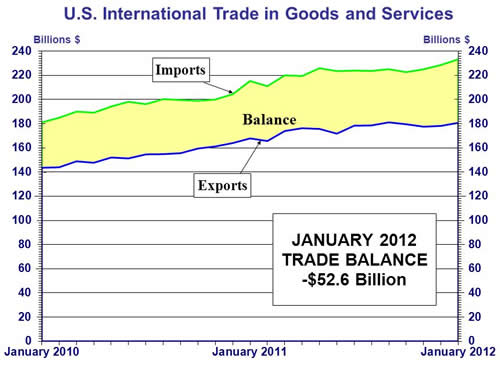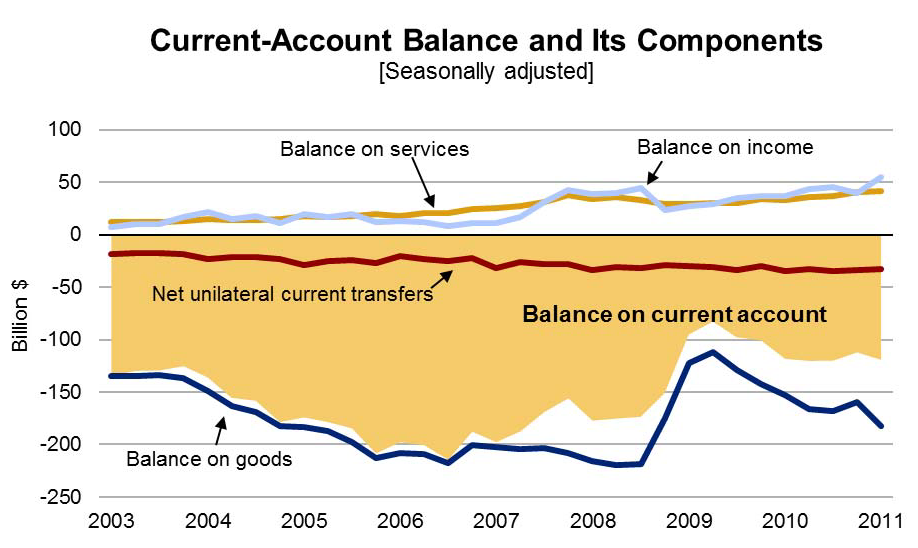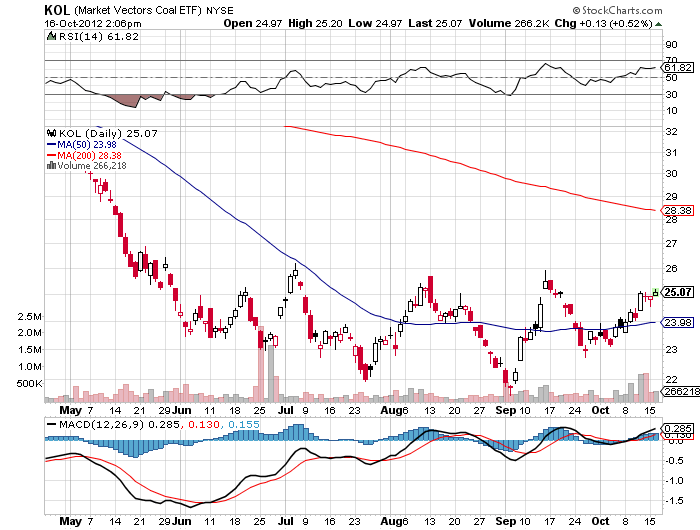TER: You think Japan as a country is looking to acquire uranium miners?
JH: There was a report that Japan Oil, Gas and Metals National Corp. (JOGMEC) is signing a production-sharing agreement with the government of Uzbekistan. It was also interesting that the CEO of Cameco Corp. (CCO:TSX; CCJ:NYSE) went to Japan to try to buy surplus uranium from utilities, but couldn’t finalize a deal. This indicates to me that Japan is going to turn some of these reactors back on, especially the newer, safer, more efficient reactors.
Over the next 12–18 months, the uranium sector is going to have a very powerful rebound based on supply-demand fundamentals. So it’s very important to watch what the smart money is doing when prices are down and the uranium miners are trading at 52-week lows.
Also, consider the recent deals that have been occurring, including a utility signing an offtake agreement with Paladin Energy Ltd. (PDN:TSX; PDN:ASX) and Chicago Bridge & Iron Co. (CBI:NYSE) buying The Shaw Group Inc. (SHAW:NYSE) for its nuclear building capabilities.
TER: Is most of the nuclear rebound wrapped up in what’s happening in Japan or are there other catalysts?
JH: There are other catalysts, such as BHP Billiton Ltd.’s (BHP:NYSE; BHPLF:OTCPK) decision to delay the Olympic Dam expansion because of the $30 billion cost. This delay may have significant impact on the uranium spot market.
We also have the expiration of the highly-enriched uranium (HEU) agreement with Russia soon. The Russians are signaling that there is not going to be any increase of the secondary supply. We are heading toward an even larger uranium deficit right now.
On the demand side, we’re seeing the building of new reactors in the Middle East, Saudi Arabia and the United Arab Emirates. We recently saw the power outage in India, which demonstrated the importance and the hunger for power upgrades in that country. That’s one of the major areas of growth. India is building something like 42 reactors by 2032. China is going full-speed ahead with nuclear power and is still pushing for 60 new reactors by 2020. We may hear some major announcements after the transition of leadership on November 8th. China is already discussing a major infrastructure program. We believe the nuclear buildout is part of that initiative. The Middle East issues and rising energy prices are really forcing Asia to think more about energy, including nuclear energy and uranium. Demand from China and India alone will push us further into this shortfall. So we don’t think these uranium prices will stay at multiyear lows. Get ready for a catapult-like move.
TER: Investors interested in entering the energy sector have a number of options. These include green energy, natural gas, coal and uranium. Where is the best place for them to be right now?
JH: We believe for baseload energy, uranium is providing a very good opportunity right now because it’s trading near multiyear lows. Because of the low spot price, the assets are priced as bargains. The upside has great potential. We think that nuclear is the choice of the emerging nations, such as China, India and the Middle East.
There is something very interesting going on in that we’re seeing Saudi Arabia and the center of the oil world looking into nuclear energy. This, to us, has significant implications, meaning that maybe peak oil is here and they’re realizing that, even in their own society, they can’t base it completely on oil, natural gas or coal. If Saudi Arabia, with the largest oil supply in the world, is building nuclear, shouldn’t countries dependent on fossil fuels also be looking at alternatives? Both Romney and Obama have goals of being energy independent. Nuclear is a critical part of reaching that goal.
Nuclear is growing in the developed world too. For the first time in 30 years, we’re building three nuclear reactors in the U.S. Canada is building reactors. Europe is building reactors in Poland, Finland, Spain and Slovakia. In all of these regions there is significant growth, and it’s providing investors with a great opportunity because you’re able to get in at 52-week lows.
Most investors don’t realize that Europe currently has approximately 160 working nuclear reactors. It has the largest per-capita consumption of nuclear power. Most people don’t realize that France, Lithuania, Slovakia, Belgium, Sweden, Slovenia, Hungary, Bulgaria, the Czech Republic and Finland have more than 25% of their electricity coming from nuclear power. Despite that, Europe has only one uranium mine in production. Europe is a major importer of uranium.
TER: Where is that uranium mine in Europe?
JH: It’s in the Czech Republic. The other deposit that is in development is European Uranium Resources Ltd. (EUU:TSX.V; TGP:FSE). It has a deposit in Slovakia and recently the nuclear giantAREVA (AREVA:EPA) became a major shareholder and sits on European Uranium’s board. Slovakia recently elected a new prime minister who is a major supporter of nuclear energy. The party has officially stated that it believes that domestic assets, such as European Uranium’s Kuriskova project, should be developed.
TER: With juniors trading at near 52-week lows, why haven’t we seen more consolidation?
JH: We have seen some deals. Cameco raised capital and went into Australia to buy the Yeelirrie uranium project in Western Australia for $430 million ($430M). Rio Tinto outbid Cameco and bought Hathor for a large premium in the Athabasca Basin. I think as the uranium prices bottom and as the large miners’ prices increase, we will see more of these deals. There will be more confidence in the sector for mergers and acquisitions activity. And as we get closer to some of these supply shortfalls, such as the 2013 Russian HEU agreement expiring, near-term producers, especially in the U.S.—where there is already a huge supply-demand deficit—the near-term U.S. producers, such as Uranerz Energy Corp. (URZ:TSX; URZ:NYSE.MKT), Ur-Energy Inc. (URE:TSX; URG:NYSE.MKT) and Uranium Energy Corp. (UEC:NYSE.MKT), are going to become more highly sought after by the majors. We may see consolidation in these near-term producers, especially as they begin to produce profitably.
TER: Uranium Energy Corp. is currently producing uranium from its Palangana in-situ deposit in Texas, and it is developing the Goliad in-situ project, also in Texas. Is the success of that company impacting others in the sector? In other words, is this a template that investors can follow with similar companies?
JH: Yes, exactly. When you start seeing new U.S. uranium production, it’s a huge boost of confidence for the entire sector. This may impact other companies such as Ur-Energy, which recently received its permits for construction and Uranerz, which has a great position in the Powder River Basin and which already has a processing agreement with Cameco at its nearby Smith Ranch in-situ uranium asset. It already has an offtake agreement with a very large utility at much higher uranium prices, at like I think $60–65/pound (lb). We believe it will shortly receive its final deepwater disposal well permit for production.
TER: Do you think there will be further consolidation in the Athabasca Basin? Or is Texas looking ripe for the picking right now?
JH: You have to look for operations where it is already working, such as in the Powder River Basin of Wyoming with Uranerz or in the Athabasca Basin. Some names there are Denison Mines Corp. (DML:TSX; DNN:NYSE.MKT), UEX Corp. (UEX:TSX) and Fission Energy Corp. (FIS:TSX.V; FSSIF:OTCQX), which could attract a major that is looking for exploration plays modeled after Hathor Exploration’s success, using some of the same technical personnel.
Also in the Athabasca Basin is explorer Athabasca Uranium Inc. (UAX:TSX.V; ATURF:OTCQX), with its Keefe Lake property. We expect that it is probably going to do another drill program utilizing Dr. Zoltan Hajnal’s seismic technology at the University of Saskatchewan. That might be interesting if a company is looking for an early-stage exploration success. Dr. Hajnal was a critical player in using seismic data to discover Hathor’s Roughrider deposit. Athabasca Uranium has millions of dollars of seismic data, which helps the geologists pinpoint exploration targets.
TER: Do you think Cameco or a company like Cameco is more likely to do an offtake agreement or an outright takeover?
JH: Based on Rio Tinto (RIO:NYSE; RIO:ASX) buying Hathor Exploration in 2011 for $650M, we think Cameco will outright buy. Especially in the Athabasca Basin, we think that it is going to do takeovers and have more equity deals. The Hathor deal was very significant for Rio Tinto and the industry. This was the first major takeover since the credit crisis. It may be forecasting a commodity deficit—especially in light of BHP not expanding its Olympic Dam, which hosts a whole wide range of commodities. Uranium is a byproduct of that, and BHP’s decision is really based on the economics of other metals and the costs to expand.
Other assets around the globe could be significantly cheaper than Olympic Dam and produce a lot of uranium. U3O8 Corp. (UWE:TSX; OTCQX:UWEFF), which has the Berlin deposit in Colombia, is coming out with a preliminary economic assessment (PEA) by the end of 2012. It has rapidly expanded its resource base over sevenfold. It just announced recent results showing an increase in the size of the deposit, which may be able to go up to 100 million ounces (Moz) uranium. It also has credits for vanadium phosphate and rare earths that are going to pay down the cash costs for the uranium. What’s really interesting is that it has shown recently some positive metallurgy. That has always been the concern from the majors about this project. Progress with metallurgy and an official PEA could be the criteria for a major to make a buyout offer. Assets like U3O8’s Berlin deposit could become very attractive for the majors who want to expand and produce profitably at lower costs.
TER: Paladin recently signed a $200M offtake agreement with an energy utility, but most of that money will go toward paying down some bonds that are going to be due in March 2013. Is the Paladin Energy situation unique or should investors look forward to more of these deals over the next few years?
JH: I think it shows that the utilities are concerned about long-term supply. Over the short term, we’re seeing some weakness because of all of these different macroeconomic situations. That’s really where uranium investors need to look, 18–24 months down the road. Yes, we do think that there are going to be more deals like this and that the supply-demand equation is already in a major deficit. Utilities are going to lock in at these record low prices.
TER: What’s your strategy for buying these stocks? Are you a buy and hold investor? Are you buying them and then going to exit your positions on a price rally or when uranium gets to $80/lb?
JH: We’re contrarian investors. We use a whole mix of signals to buy. Right now, we believe that the sector is hitting 52-week lows and is off investors’ radars, making it a great contrarian investment opportunity with possibly exponential gains. When we see that it becomes overbought and extended, as we saw in early 2011, that’s when we’re going to recommend to sell.
The mainstream is beginning to accept the new nuclear reactors—which are smaller, safer, more economical—and we’re even seeing smart investors such as Bill Gates and his company, TerraPower get behind the sector. Major deals are taking place such as the one between Chicago Bridge and Iron and Shaw Group, which is a major builder of nuclear reactors. These large corporate entities see the long-term picture and are investing in nuclear energy’s future because it has no carbon footprint and it is safer, cleaner and more economical than all other power sources. We are going to see a lot of growth in the sector over the next 18–24 months. When people see the uranium price basing at lows and there’s concern for the future of the sector, those are the opportunities for investors who have the courage and the foresight to realize the upside growth in this burgeoning sector. Investors may look back at this time one day and see it as one of the great investment opportunities that comes around once in a generation.
TER: Let’s end on that note. Thank you, Jeb.
JH: Absolutely.
Jeb Handwerger is a newsletter writer who is syndicated internationally and known throughout the financial industry for his accurate and timely analysis of the equities markets—particularly the precious metals sector. Subscribe to his free newsletter.
Want to read more exclusive Energy Report interviews like this? Sign up for our free e-newsletter, and you’ll learn when new articles have been published. To see a list of recent interviews with industry analysts and commentators, visit our Exclusive Interviews page.
DISCLOSURE:
1) Brian Sylvester of The Energy Report conducted this interview. He personally and/or his family own shares of the following companies mentioned in this interview: None.
2) The following companies mentioned in the interview are sponsors of The Energy Report: U3O8 Corp., Athabasca Uranium Inc., Fission Energy Corp., Uranerz Energy Corp., Ur-Energy Inc., Uranium Energy Corp. and European Uranium Resources Ltd. Interviews are edited for clarity.
3) Jeb Handwerger: I personally and/or my family own shares of the following companies mentioned in this interview: European Uranium, Uranerz, Ur-Energy, Athabasca Uranium, U3O8 and Denison. I personally and/or my family am paid by the following companies mentioned in this interview: None. I was not paid by Streetwise Reports for participating in this interview.

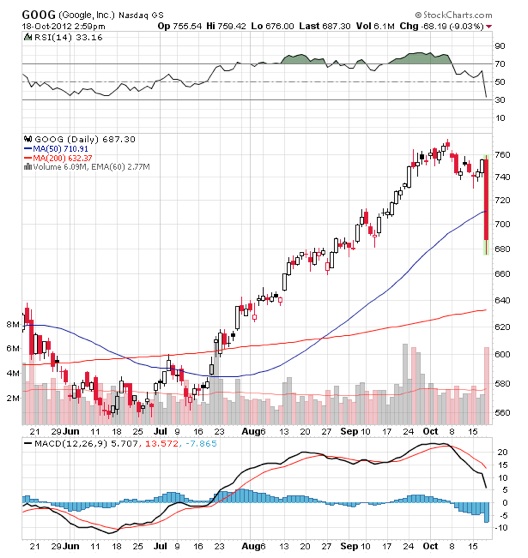






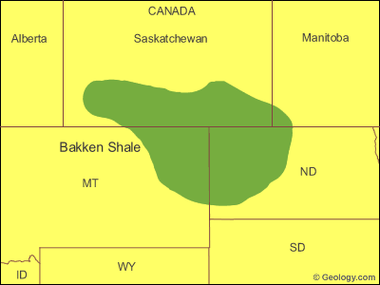 With US energy independence fast emerging as a topic in the presidential election, I thought I’d delve into this topic in greater depth and see how real this possibility is. This will undoubtedly be the most important change to the global economy for the next 20 years.
With US energy independence fast emerging as a topic in the presidential election, I thought I’d delve into this topic in greater depth and see how real this possibility is. This will undoubtedly be the most important change to the global economy for the next 20 years.
